Tech: LS1 V8 Boost Bible
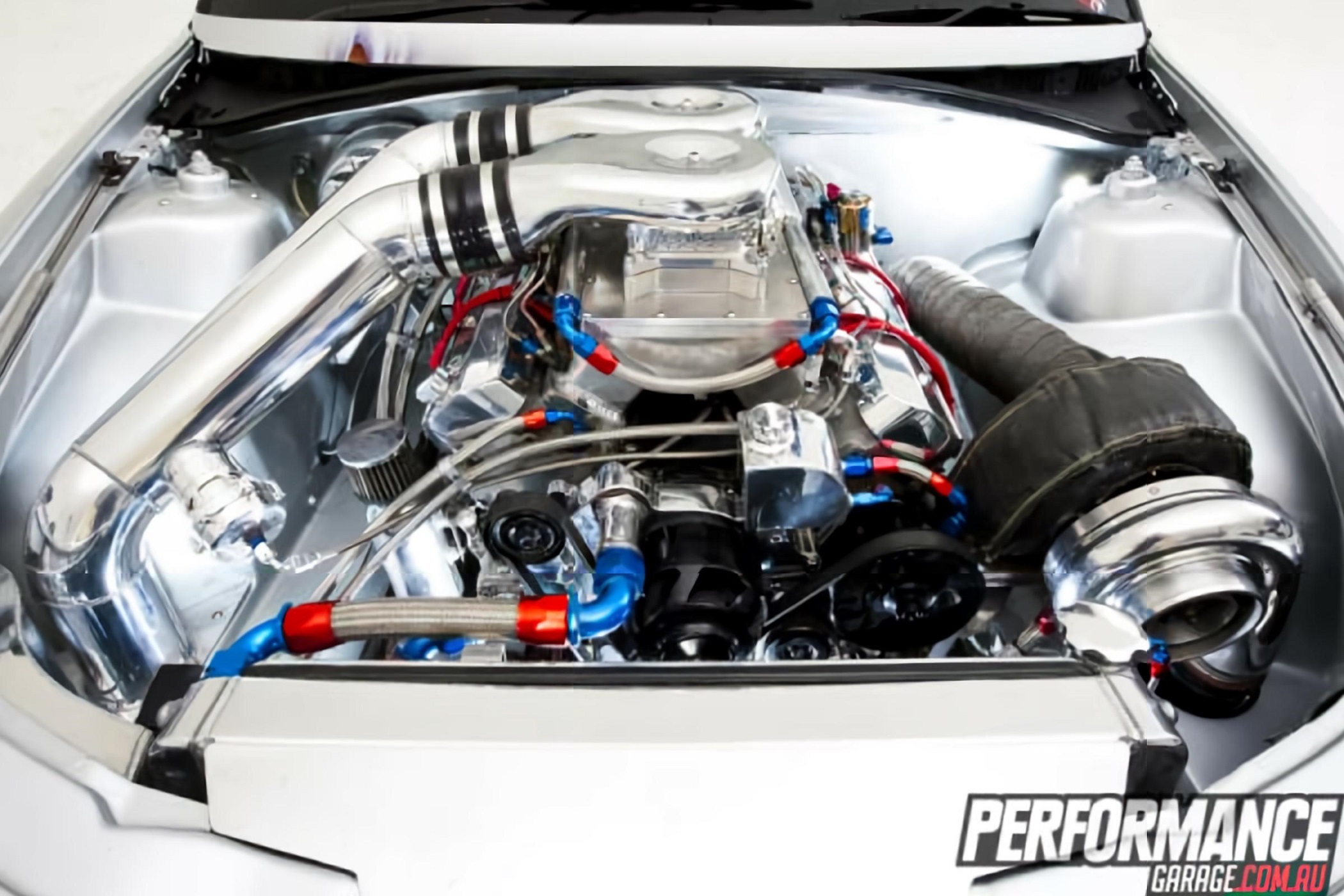
We live in fortunate times with so many different forced induction kits on the market for the LS1-based Commodore. Coming in every normally aspirated form over the last decade, the Australian aftermarket has literally grabbed the bull by the horns and developed a range of forced induction systems that are the envy of the world.
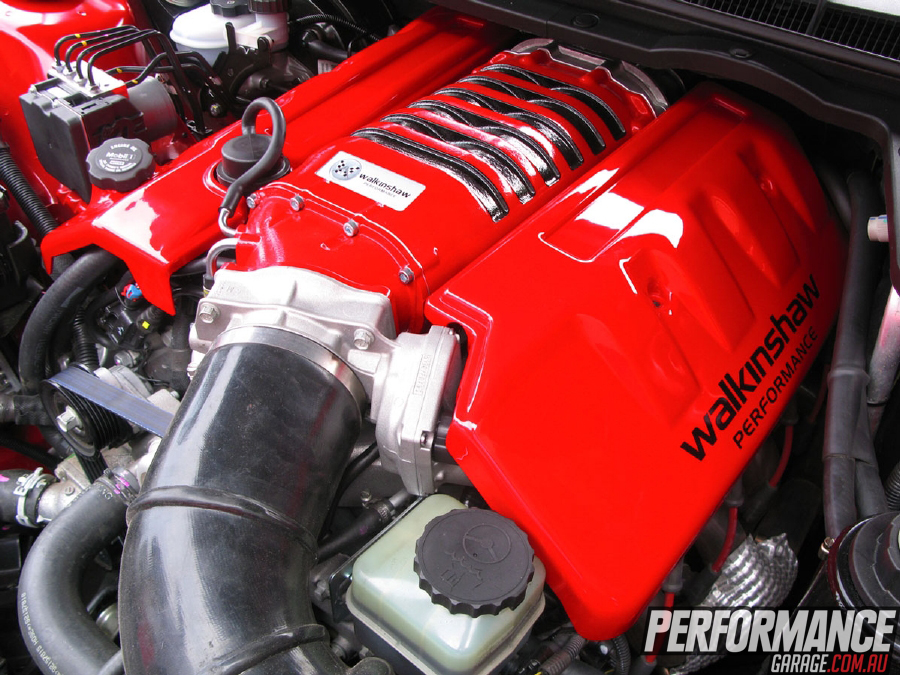
The trick for you the prospective customer is to wade through the mire of marketing material that exists for these forced induction kits and work out which is the right selection for you, matching a list of your existing mods, the type of driving you do and more to the point, the application of the vehicle. Get this right and you have the potential to give yourself years of stress free and totally enjoyable boosted motoring.
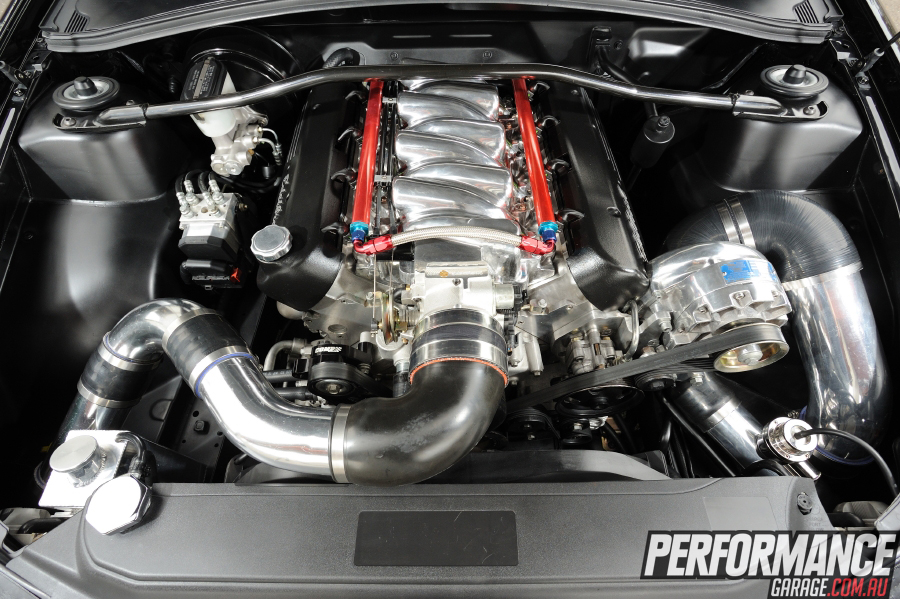
SIDE MOUNT BLOWERS
The very first forced induction solutions for the LS1 Commodore were side-mounted or ‘centrifugal’ superchargers. Simple to mount – at least in theory – and having all the characteristics of a belt-driven turbocharger (as some like to refer to them) the centrifugal supercharger can and indeed does make a lot of sense on large capacity engines, which is exactly what the Commodore has.
Advantages of the side-mounted centrifugal supercharger are many. For a start there is no massive hit of boost or torque low in the RPM range to overstress the conrods which can in some cases result in them bending. The other advantage that some point to is the progressive way in which the boost pressure rises with RPM. This supercharger response will effectively give a power curve that will rise in a steep fashion, starting off slowly, and then climbing all the way to the rev’ limiter.

When sized correctly (it pays not to be too small when selecting such a blower) the side-mounted centrifugal supercharger will make as much top end horsepower as any other forced induction solution out there, which makes this type of forced induction a favourite of those that are interested in getting big results in dyno competitions. The linear nature of the power delivery also makes getting good time slips at the drag strip easier than it can be with other types of forced induction.
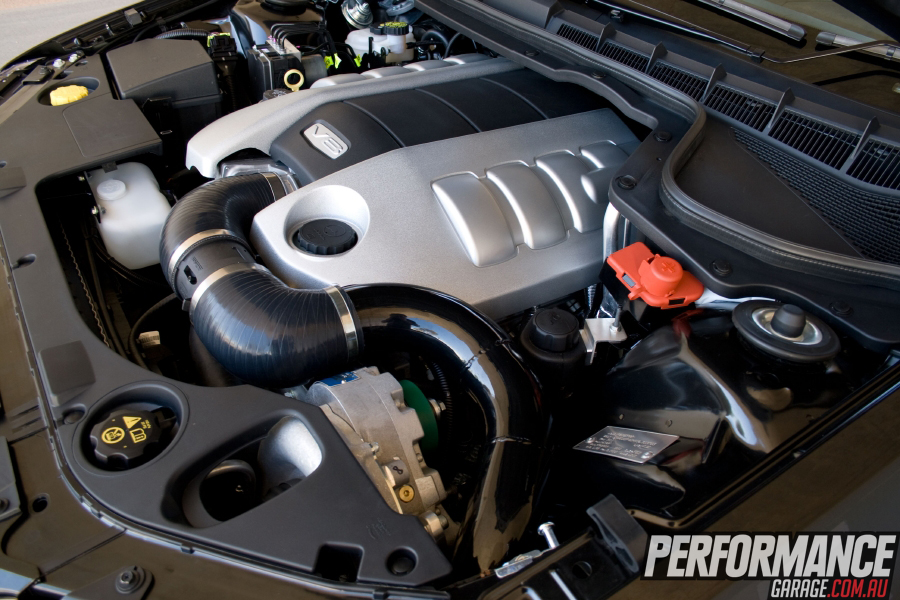
There are some potential downsides of the side mount blower, but this comes down to individual kit design more than any specific weakness. The major issue we have seen over the years is with belt integrity. As the load on the blower belt rises dramatically with RPM, it’s only the very well thought out and engineered solutions that can live for any period of time without throwing the belt/needing constant belt replacement. Also be aware that if chasing reasonable power levels with a side mount blower that your fuel system needs to be spot on the money and bigger than you think. Things happen quickly with this sort of blower at high RPM, and the last thing you want is a lean out right at the top. Intercool a side mount? It’s easy, so always go for the ‘cooled kit.
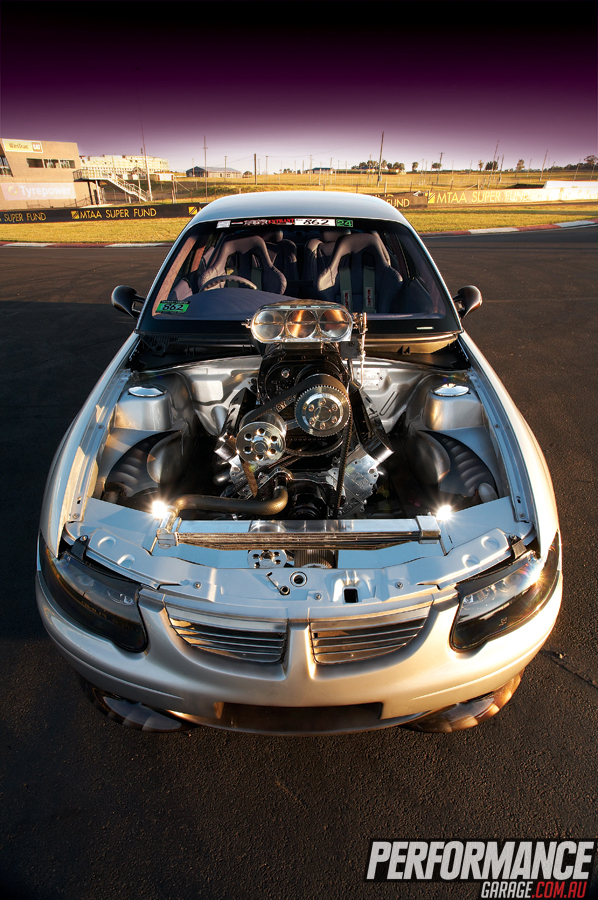
TOP MOUNT BLOWERS
Possibly the most developed systems on the market, the top mount superchargers available for the LS1 are wide and varied in both manufacture and design. There are only a couple of major players in the game, but many rebadged products that can indeed confuse the prospective purchaser. What you need to know is that there are ‘Roots’ or ‘twisted Roots’ style supercharger lobes, and there are ‘screw’ supercharger lobes in the different kinds of top mount ‘positive displacement’ superchargers on the market.
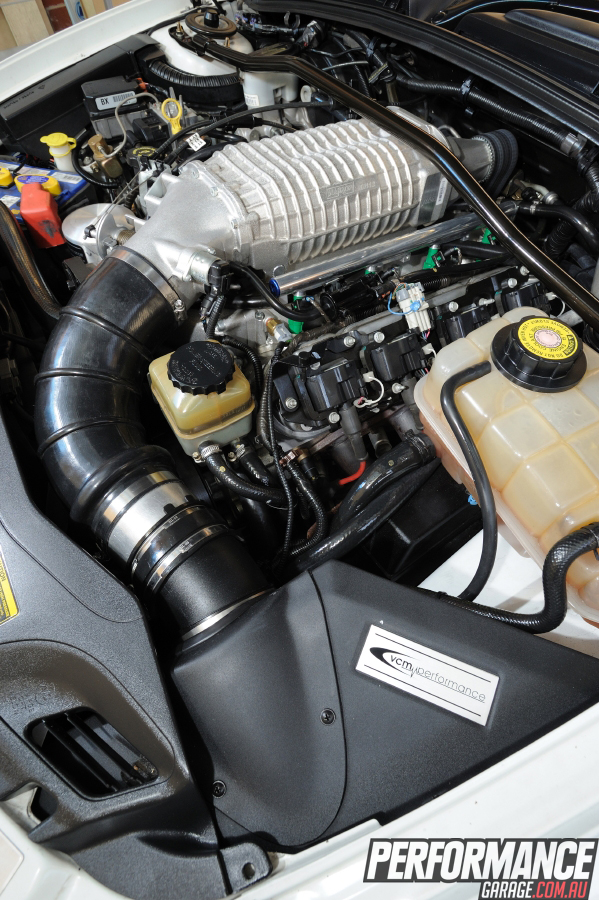
While the screw type blowers are theoretically the most efficient, there is also nothing wrong with the Roots style superchargers, which importantly are still considered effective enough to be used on factory performance cars (i.e. they aren’t that bad!). There are two important considerations when selecting one of these kinds of superchargers and they are to:
a) Get a supercharger that’s big enough, as once you have a small kit you are stuck with it, and
b) At all costs get an intercooled version.
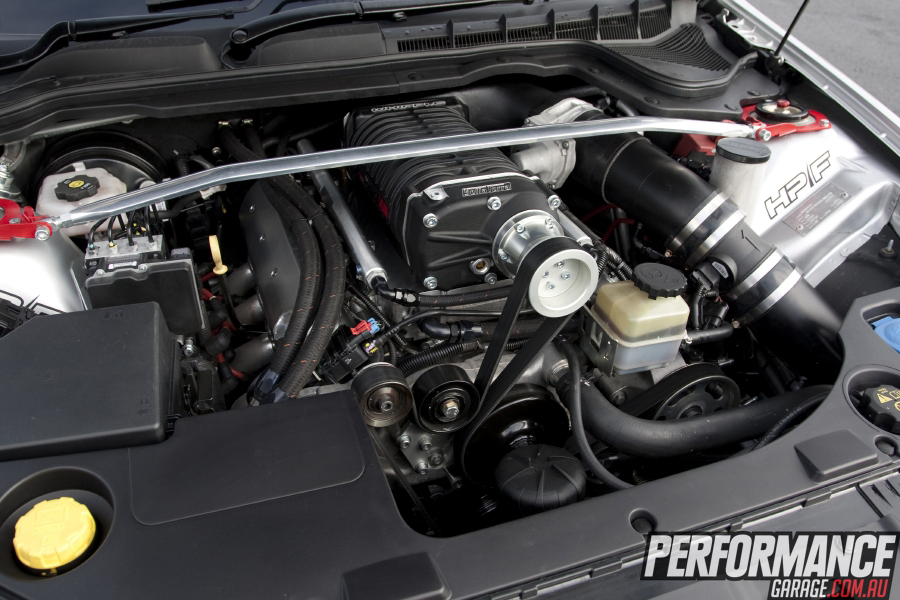
Due to their method of operation, most all positive displacement superchargers make plenty of inlet heat, which in turn can drastically affect their performance in real world conditions where the engine sits and heat-soaks the inlet over a period of time. This is why intercooling is so important. Whilst the massive temperature drops associated with a conventional air to air intercooler aren’t there with the water to air intercoolers used in most all top mount blower kits, these intercoolers are still effective, and make a positive and measureable difference in daily driving (and racing) conditions.
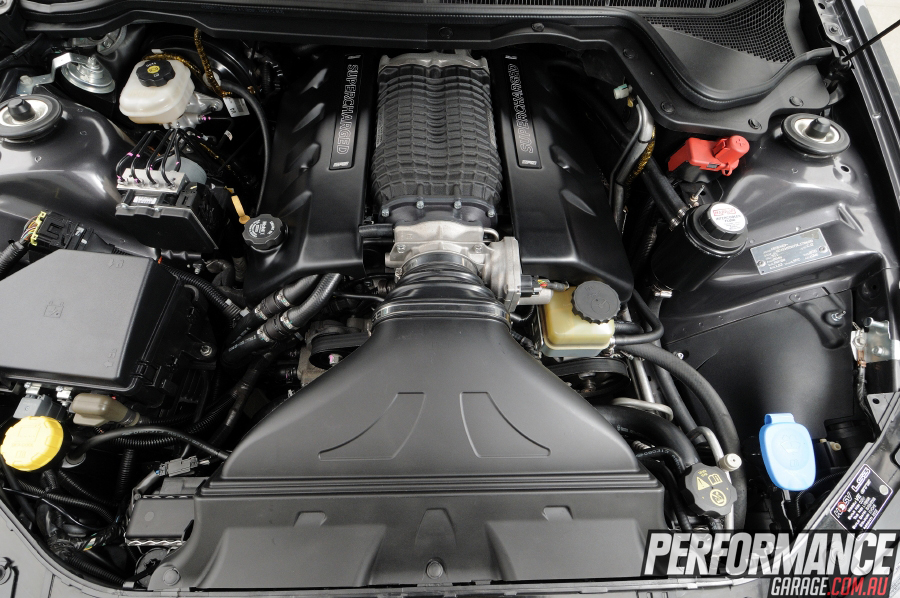
My personal recommendation is to start with a minimum of a 1.9L/rev top mount blower (normally referred to as a 1900 type) as an entry level, but really to go with a 2.3L (2300 type) if funds will allow.
Trying to get more boost from a smaller blower by gearing it to spin faster introduces you to the possibility of belt slip and ever increased inlet temperatures, so it pays to pick the right blower for your application in the first place.

SINGLE TURBO
The simplest and most effective way to turbocharge your LS1 Commodore is with a single turbocharger hanging off the side of it. There are many systems around now that can mount a turbocharger, but the majority of them seem to be custom made rather than complete DIY kits. This is the first thing you need to work out when buying a single turbo system (or in fact any turbo system) for your Commodore - is it a few bits and pieces, or is it a complete bolt-on kit?

While single turbo systems can give excellent gains in both power and torque (kind of like mixing a side mount blower and a top mount blower, with all the benefits of both), there are some important considerations to keep in mind.
The first of these is the amount of under-bonnet heat associated with putting a turbo up the front of the engine bay. There will be more heat than without the turbo, it doesn’t matter how you argue it, or what anybody says, this is just a simple fact. Because of this, the majority of single turbo systems are very hard on spark plug leads, particularly on the turbo side (the manifold normally has less clearance to the leads than factory).
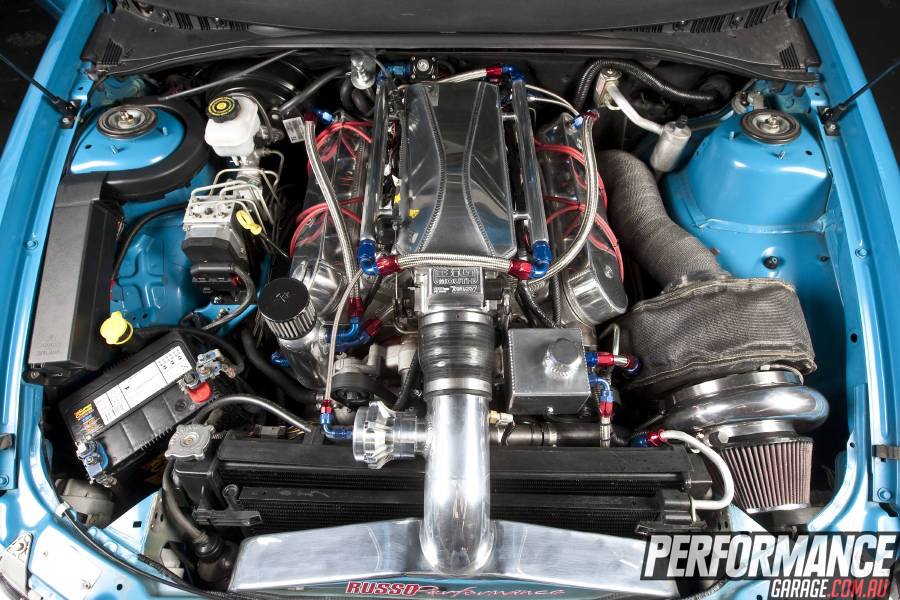
When selecting a single turbo kit, make sure you check what kind of heat-shielding is included with the kit, and then search around to make sure the engine bay components have shown to live with the particular kit that you have selected. If you maintain the car and engine well, you shouldn’t run into too many problems.
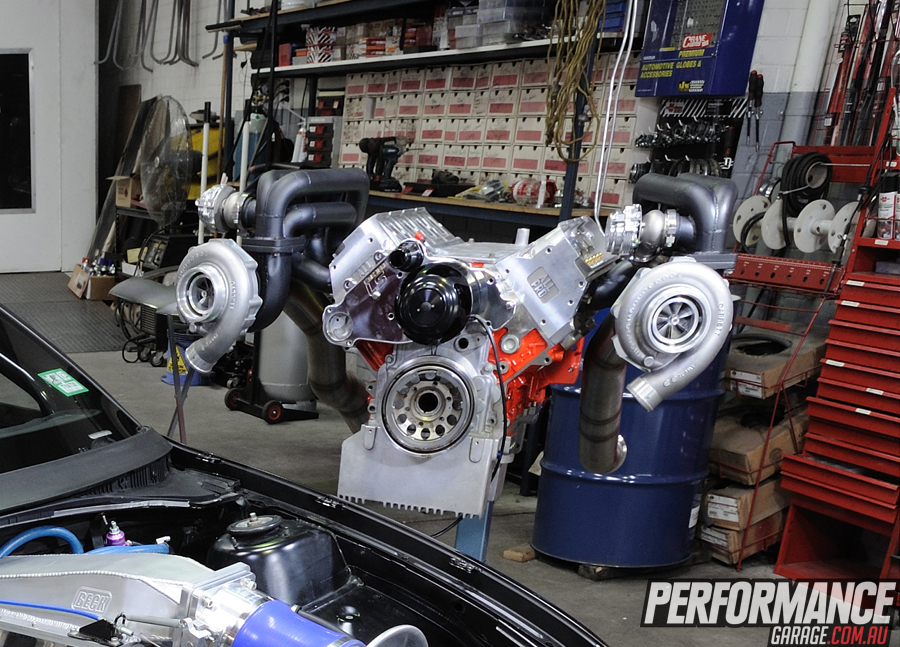
TWIN TURBO
Twin turbocharger systems, even those high mounted in the engine bay, don’t normally have as many heat control issues as single turbo systems, as the turbochargers are as a rule smaller and have more clearance from the surrounding engine bay components. Twin turbo systems also have the advantage of giving complete symmetry of the exhaust system, with each manifold sharing a similar amount of back-pressure and load, which will in turn give the very best power and torque production.
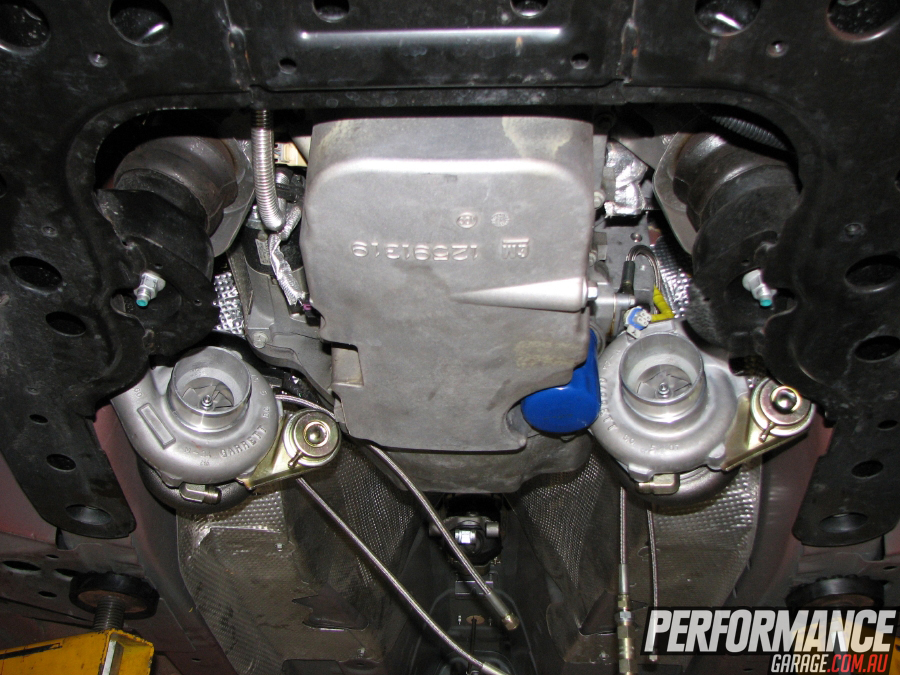
In a perfect world where the biggest horsepower and torque numbers are the key, the properly sized twin turbo system will get the job done without peer, however it will be a fairly costly exercise compared to some of the blower kits around. The old saying you get what you pay for holds true here, with the twin turbo system normally requiring a far more extensive installation than bolting a blower to the top of the engine.
Lead burning and under-bonnet heat isn’t a problem with most any twin turbo system, but the low mount style with the turbos back and under the car here is the king. The only downside to the low mount turbo system is the integrity of the oil pump being used to scavenge the turbo lubricating/cooling oil back to the sump. The oil pump is the Achilles heel of the low mount turbo system in most cases, however just recently there have been some interesting pump developments from companies such as Turbowerx (US-based scavenge pump manufacturer) that when implemented should make most any low mount twin turbo system one of the picks of the forced induction line up.
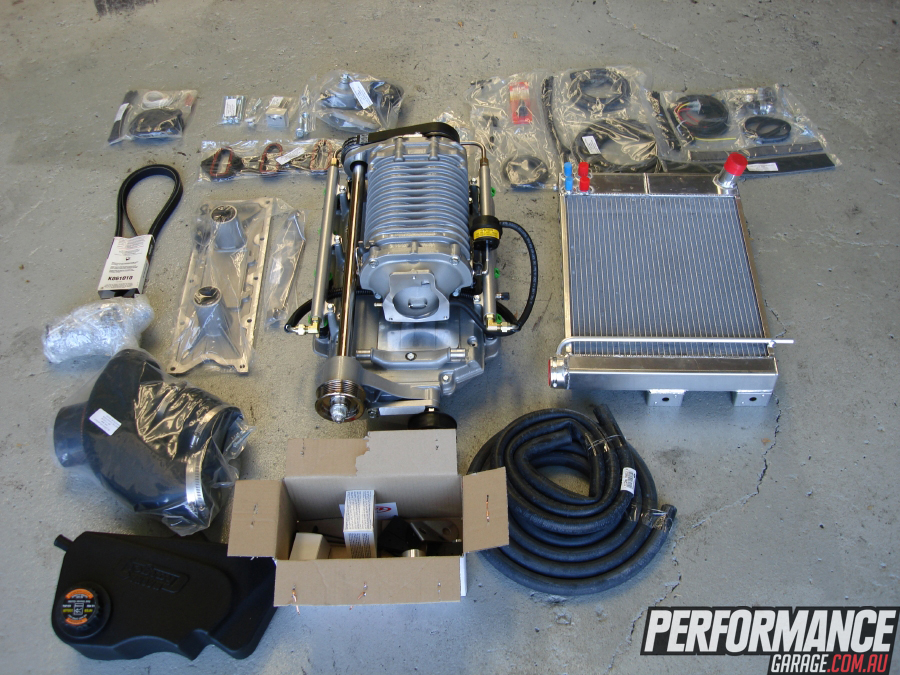
LEGALITIES
Keep in mind that no matter which forced induction system you pick, it will automatically make your car (strictly speaking, but vehicle modification is always a compromise) illegal for road use UNLESS (and it’s a big unless) the manufacturer you have purchased the kit from has the necessary emissions paperwork that will in turn then enable an automotive engineer to use to ‘sign-off’ your vehicle.
If keeping the vehicle legal for road use is important to you, then you need to check these facts very carefully with your forced induction supplier, and then be prepared to spend another couple of thousand dollars or so to have the whole system approved on your particular car. Having approval for a similar vehicle doesn’t mean that your vehicle is automatically covered, and this has important ramifications for your insurance. Remember if your vehicle is not emission legal, there is also a fair chance that your insurance company has grounds to reject your claim.
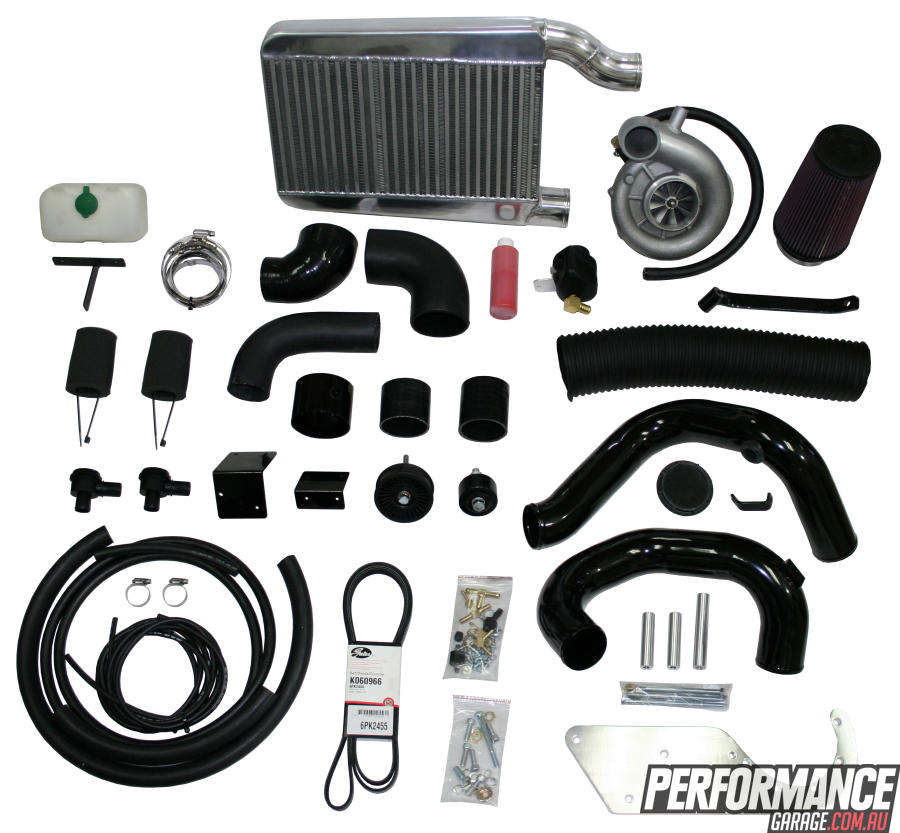
COSTS
Always remember that there will be a hidden cost of installation in your forced induction system. Most manufacturers will only quote you the base price of the kits and depending on whose kit and what type it is there can be some fairly steep additional costs involved to get the whole thing running. Top mount blowers are normally the cheapest to fit in terms of time spent, followed by the side mount blower/single turbo, with the twin turbo system normally being the most expensive.
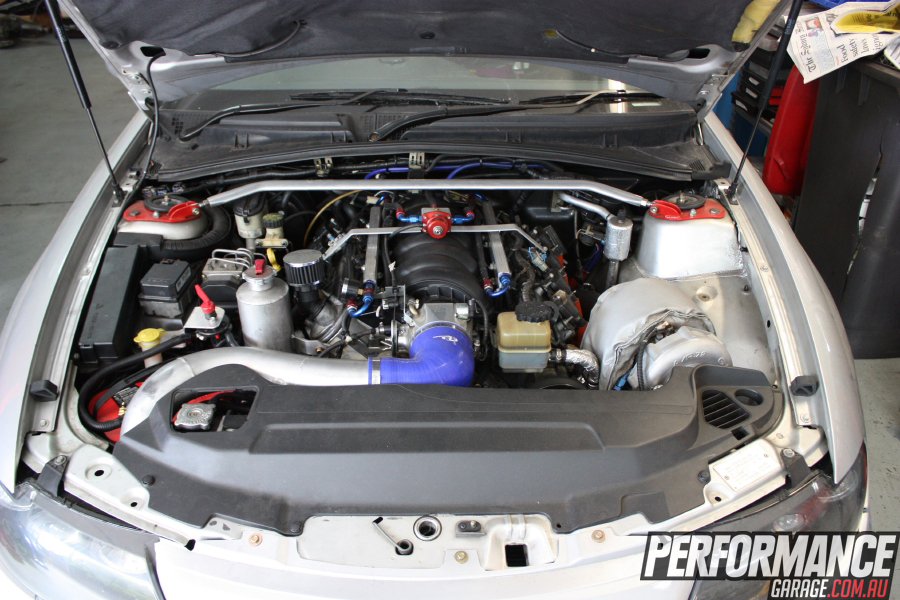
Another important check box you need to tick is the cost of a fuel system to suit. Most forced induction manufacturers will have an optional fuel system kit that consists of fuel injectors and in-tank fuel pump to match their system, but depending on your demands it can get a whole lot more complicated than that. In any instance I personally recommend a set of 60lb/hr injectors, in-tank 255L/hour fuel pump, and 2bar map sensor at a minimum.
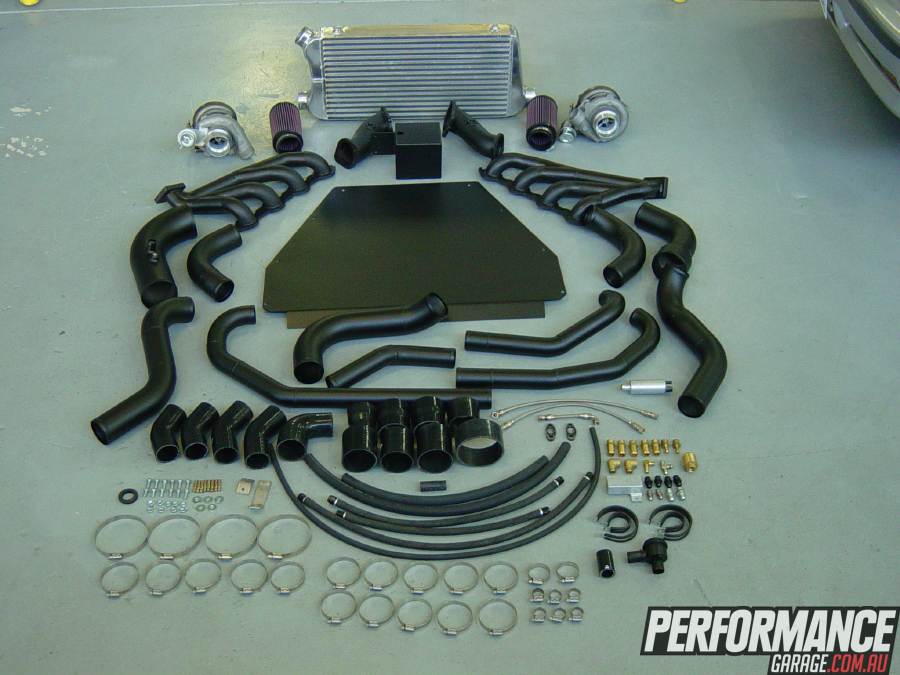
If you are shooting for over 400kW at the tyres or plan to use the car in a competition environment such as drag racing you should seriously consider a surge tank arrangement to avoid starving the engine at high demand. Over 50% of the forced induction engine failures we see are from the fuel system not keeping up with the demand of the engine, so consider yourself warned!
We obviously don’t need to devote a whole paragraph to explaining that the quality of the tune will determine the quality of your forced induction driving experience. Find the very most experienced and professional tuner you can, and one that has a bevy of fast and reliable forced induction cars under their belt, and then go with them for a perfect result. Don’t haggle on price here where the engine’s health could be compromised in the process.
Comments
No posts found










